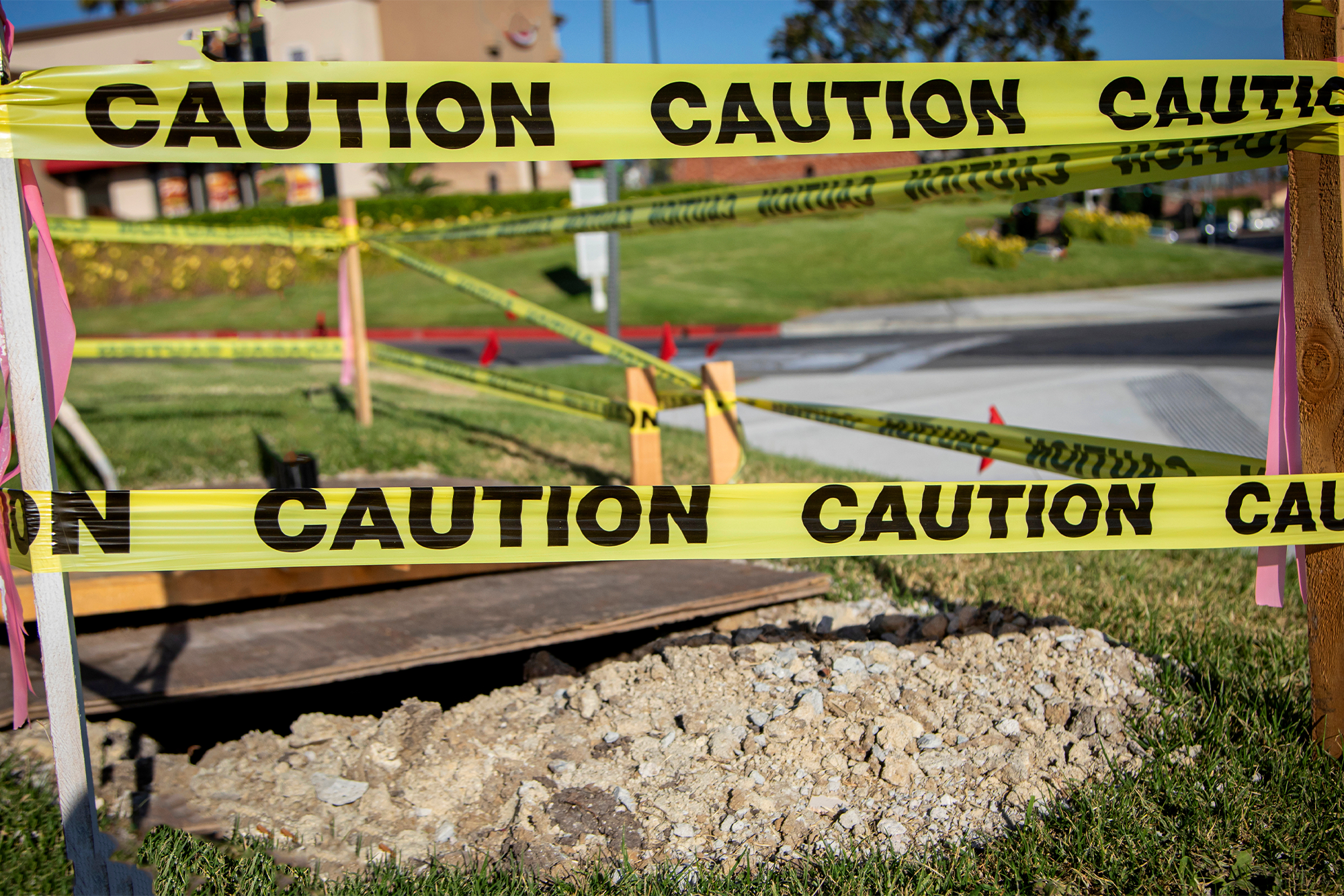Fall Prevention Precautions for Oil and Gas Workers
During the rigging up phase, railings, guardrails, stairways, walkways, and ladders are installed for safety and easy access to other areas of the site. They’re practical, but they’re also dangerous. To reduce the risk of harm, INSURICA is here to help you take the following steps:
- Use ladders that are in good repair and do not have missing rungs.
- Do not install stairs with missing or damaged steps. Instead, repair them before installation.
- Keep walkways clean and free of debris and tripping hazards.
- Use proper fall protection.
- Install guardrails prior to working in elevated areas.
In addition, you should also keep your fall protection system in good working order. To do so, inspect your equipment daily.
Webbing (body of belt, harness or lanyard)
- Inspect the entire surface of webbing for damage.
- Watch for frayed edges, broken fibers, pulled stitches, cuts or chemical damage. Broken webbing strands generally appear as tufts on the webbing surface.
- Replace according to manufacturer guidelines.
Buckle
- Inspect for loose, distorted or broken grommets. Do not cut or punch additional holes.
- Check belts without grommets for torn or elongated holes that could cause the buckle tongue to slip.
- Inspect the buckle for distortion and sharp edges. Carefully check corners and attachment points of the center bar.
- Check that rivets are tight and cannot be moved. Make sure the rivets are not bent.
- Inspect for pitted or cracked rivets that show signs of chemical corrosion.
Rope Lanyard
- Rotate the rope lanyard and inspect from end to end for fuzzy, worn, broken or cut fibers. Weakened areas have noticeable changes in the original rope diameter.
- The older a rope is and the more use it gets, the more important testing and inspection become.
Harness Hardware (snaps or “D” rings)
- Inspect hardware for cracks or other defects. Replace the belt if the “D” ring is not at a 90° angle and does not move vertically independent of the body pad or “D” saddle.
- Check bag rings and knife snaps to ensure that they are secure and working properly. Check tool loop rivets. Look for thread separation or rotting.
- Inspect snaps for hook and eye distortions, cracks, corrosion or pitted surfaces. The keeper latch should be seated into the snap nose without binding and should not be distorted or obstructed. The keeper spring should exert sufficient force to close the keeper firmly.
Safety Straps
- Inspect for cut fibers or damaged stitches inch by inch by flexing the strap in an inverted “U.” Note cuts, frayed areas or corrosion damage.
- Check friction buckle for slippage and sharp buckle edges.
Replace when tongue buckle holes are excessively worn or elongated.
This safety matters flyer is for general informational purposes only, and is not intended as medical or legal advice. © 2008-2010, 2019 Zywave, Inc. All rights reserved.
About the Author
Share This Story
Related Blogs
Understanding Your School Property Schedule
Your property schedule is one of the most important—and [...]
Commercial General Liability Insurance
Running a business comes with significant risk. Everyday interactions, such as serving customers, visiting clients or running marketing campaigns, can expose businesses to potential liability. A customer could slip on a wet floor, a contractor could accidentally damage a client’s property, or a marketing campaign could unintentionally harm the reputation of a competitor. Just one single liability incident can trigger an expensive lawsuit and have far-reaching consequences. Beyond potential settlement costs, legal defense costs—even if claims are found to be baseless—can quickly escalate into tens or hundreds of thousands of dollars. Furthermore, litigation can disrupt operations and undermine customer and stakeholder trust.
Mounting and Dismounting Forklifts
Forklifts play an important role in moving materials safely and efficiently in many workplaces. However, even a simple task like getting on or off a forklift can lead to serious injuries if not done correctly.






